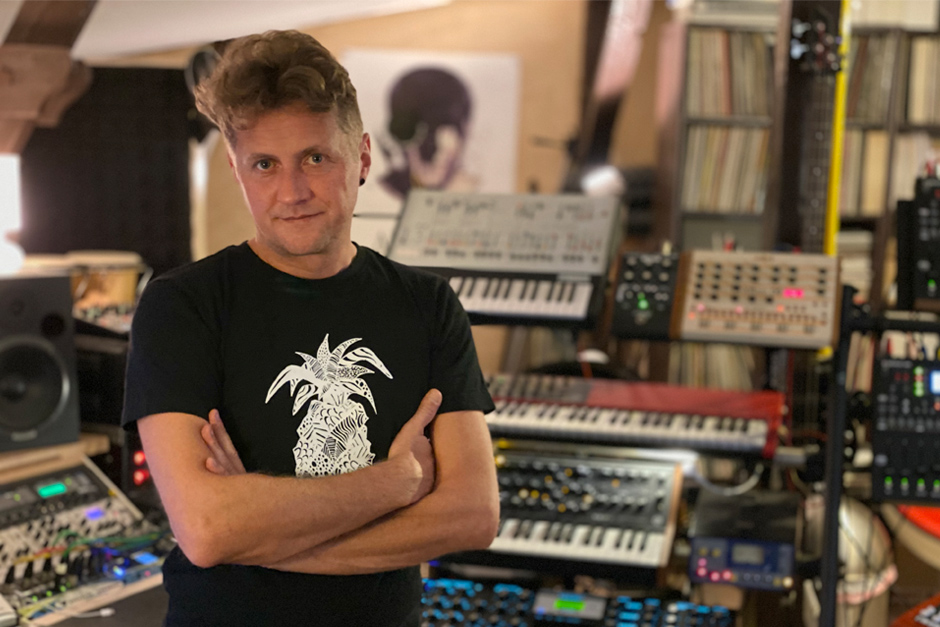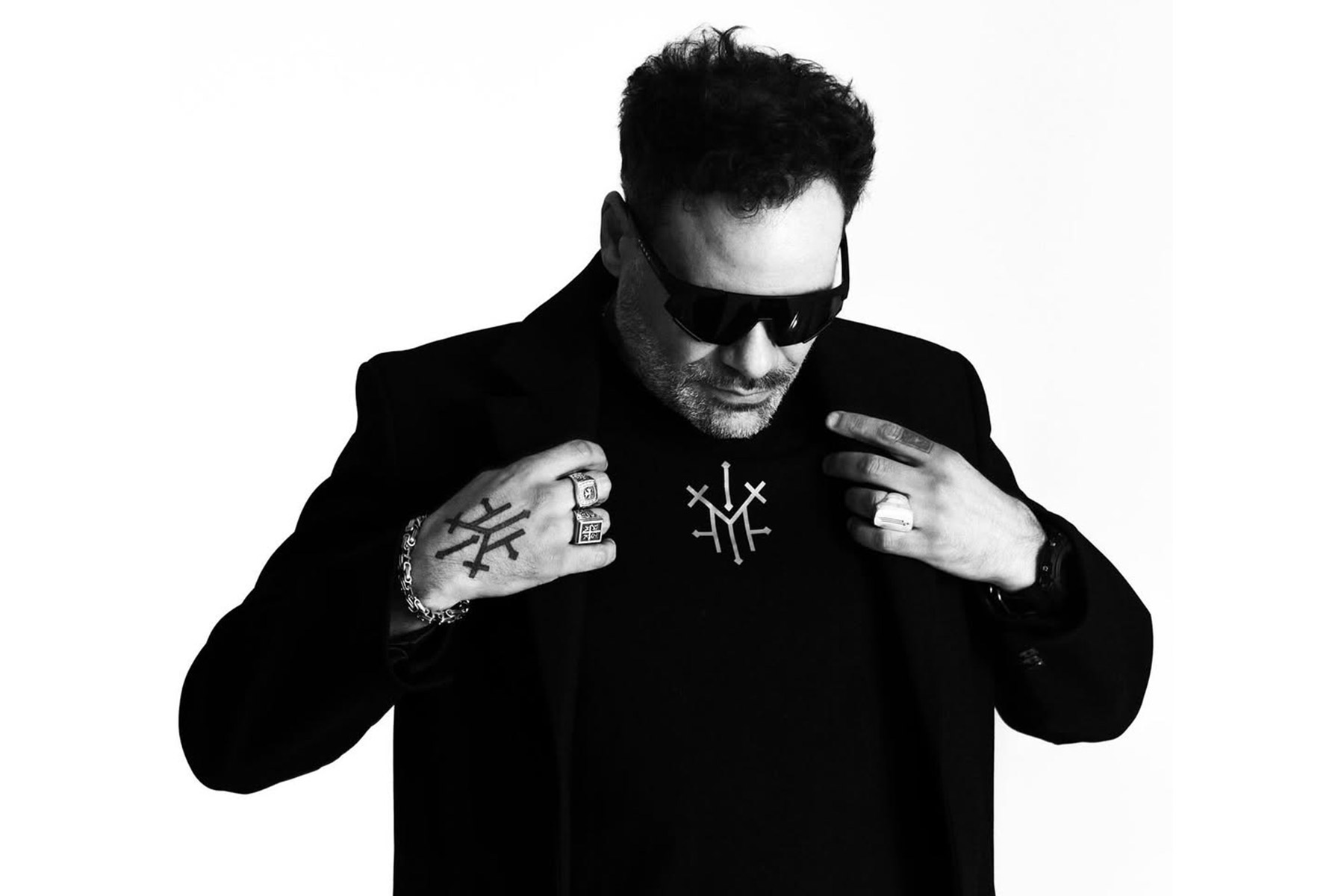Andreas Henneberg has made an OK name for himself as a DJ, label manager, and producer of great repute, with a sonic fingerprint that is easily recognizable yet hard to define. Since starting out in the 90s, he has put his name to over 140 releases that operate somewhere between techno, house, and minimal and always explore unfamiliar sounds in unique new ways.
As well as being the founder of his label Voltage Musique (with friends Daniel Nitsch, Marquez Ill, and Stefan Schuldt), which turns ten years old this year, Henneberg has also made himself at home on influential imprints like Ideal Audio, Confused Recordings, Herzblut and AREAL and is a key part of the Plantage13 family.
Given the amount of music Andreas has produced over the years, it’s no surprise he is also an in-demand ghostwriter for many established artists, helping them realize their ideas and putting his years of priceless studio know-how to good use.
1. Less is more. Always!
There are producers out there who are creating best-sellers and super-hits with laptops and headphones only. That’s it. Buy new equipment only when you feel the need. Create a comfortable surrounding and your very own creative space. You also don’t have to be a professional mixing or mastering engineer. Give it to professionals and let them mix and master your stuff. Painting artists can create amazing pictures, but most of them suck at framing them.
2. Make sure you can hear what you are doing
Electronic club music especially lives from a clean, dynamic, and fat low-end. The most significant investment in your studio should be balanced monitoring and acoustics to make sure you really hear everything.
I’ve been working as a mix & mastering engineer for 20 years now (www.henmountain.com), and this is the Nr. 1 advice when you are not able to get your mix done properly. The final track must sound good on mom’s kitchen radio, your friend’s Bluetooth speaker, and a massive club sound system simultaneously.
3. Tune your Drums
Every sound has its tone. Kick drums, snares, and hi-hats must be in tune with the rest of the track. Another great trick to bring your bass & kick together without using f.e. side-chain compression is to tune your kick drum just a few cents up or down. The waveform of your kick will change slightly, which can help you kill phase problems between the kick & bass line if they are playing at the same frequency range.
4. Clean your stems
Most of the samples are made for music production but must be edited and mixed correctly. The same goes for Synth-Plugins, external gear recordings, and some effects. With editing, I mean cleaning the frequencies. A hi-hat, for example, needs to be present in a frequency range between 4-16khz. Everything below is just useless dirt that can destroy your mix. Snare drums sometimes come with some heavy low frequency, disturbing for a clean-sounding low-end. Ensure you cut off the low or high-frequency ranges for sounds or samples not meant to play at these frequencies.
5. Be careful with anti-phases
Turning the phase of the left or the right channel is a nice and easy way to make a nearly mono-sounding instrument or sample wide and open. It’s a pretty extreme way but very effective. A bit more exciting and flexible is the use of M/S (mid/side) mixing with EQs, room, or drive. I mostly use the Vertigo Sound – Mix Satellite or the SSL Fusion Stereo to get more stereo feeling into my stems.
All this stuff is nothing but pushing and pulling on the phase of your left and right signals. Nothing more than psychoacoustics at the end. From time to time, you should press the Mono button on your DAW to check if it is too much because everything in the anti-phase will be gone completely. Remember that your mom’s kitchen radio or Bluetooth speaker could still be mono. Also, not all analog mediums like vinyl or tape can reproduce sounds coming with an anti-phase.
Follow Andreas Hennenberg: Website | SoundCloud | Instagram | Facebook








